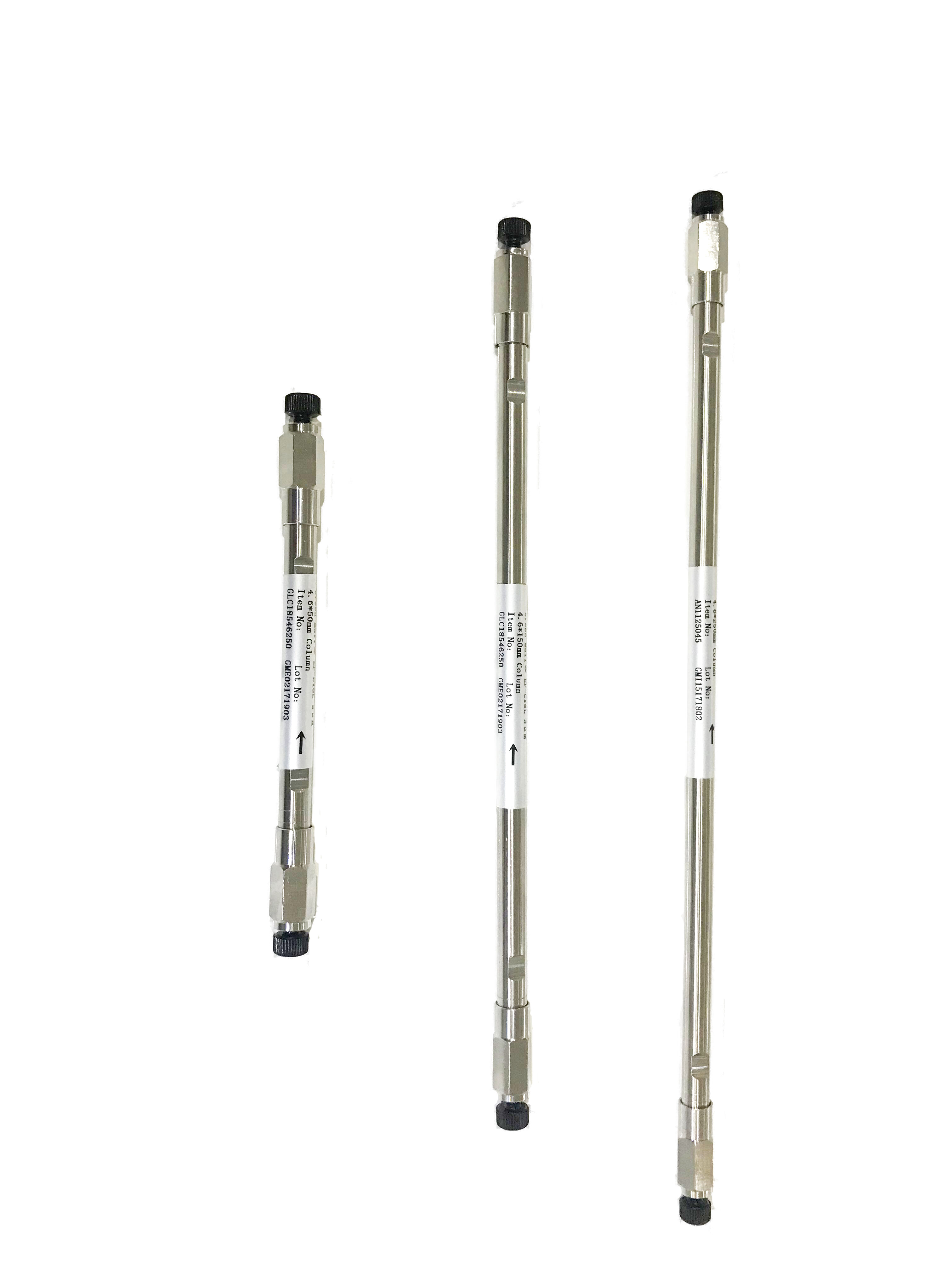colún hplc faoi théarmaíocht chéimniúcháin chrua
Colún HPLC i gcónaí chun síneadh tharlaonn mar chomhpháirt bunúsach sa cheimicíocht anaithnid moderne, ag nochtadh mar chuid shainchuspóire don scagadh agus anailís de chompóintí éagsúla. Úsáidtear pháipéar stadaithe hidrofóbha a n-ábharthaítear ar pháirteanna sileáin san colún speisialta seo, atá tuillte nua le haghaidh ghníomhartha C18, C8 nó C4. Is féidir leis an gdiagram speisialta seo scagadh na moladálacha in éiceofuinn orthu faoin bhforbairt hidrofóbha acu, lena n-aghaidh go bhfuil na comhdhéantais is hidrofóbha ag fanacht níos faide sa colún. Bhíonn an pháipéar móbil neamhspleách den chineál uisce agus solutáidí orgánacha, ag cruthú gradam idirghníomhach a chumasann scagadh uafásach. Tá an teicneolaíocht ag obair ar bhráid na n-forbairt hidrofóbha, áit a bhfuil comhdhéantais is hidrofóbha acu ag tabhairt faoi chúram níos faide. Taispeánann na colúnacha seo fliuchas uathuighreach sa chur i bhfeidhm ar fud réimsí éagsúla de chompóintí ó mholadálacha beaga go prótéiní córasach. Tá a n-úsáidí ag leibhéal na hársaíochta ceimiciúil, monatóireacht domhanda, tástáil sláinte bia, agus taighde biocéimice. Cruthaíonn eficiéans an choilín tríd an méid a bhfuil aici dílseacht airgead is measúnuithe suim pháirteach nua, ag cinntiú scagadh conspóideach agus déanfaighte. I gcónaí colún HPLC i gcónaí chun síneadh úsáideann teicneolaíocht nua-ábhartha a chuireann béim ar stailéad agus athfhill ar aghaidh faoi réimsí éagsúla analasaithe.
